Meet Paul Wash. Many Kingstonians know him as the co-author/photographer of the book “The Building of The Waaban Crossing.”. Construction companies know him as a go-to photographer, recording building progress, but I bet you did not know that this man captured the installation of Wolfe Island's Wind Turbines in pictures. I didn't, until Paul sent me to his website, and that project jumped off the page.
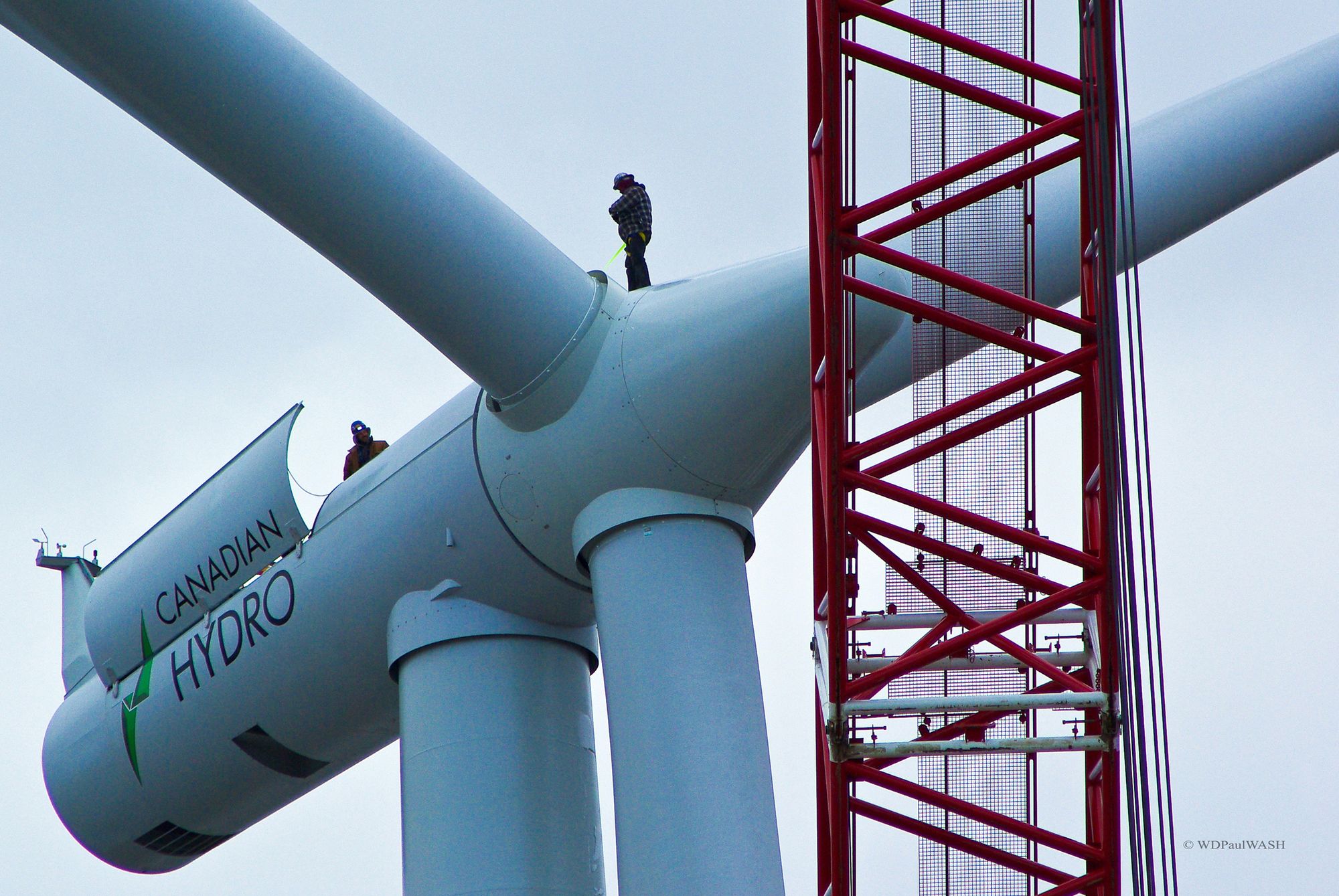
You can see the turbines from our island in the Admiralty Group, east of Kingston. Those living in Cape Vincent can see them from their bedroom windows.
So, by now you’re probably asking . . . who is this masked man?
When I interviewed Paul, I quickly learned that not all commercial photography is the same and that certainly not all photographers do the same work. So, let's start:
Q: Do you have formal training as a photographer?
A: I do not have any formal training in photography. I did take some night school classes and session classes to learn more about photography, and dabbling in film processing.
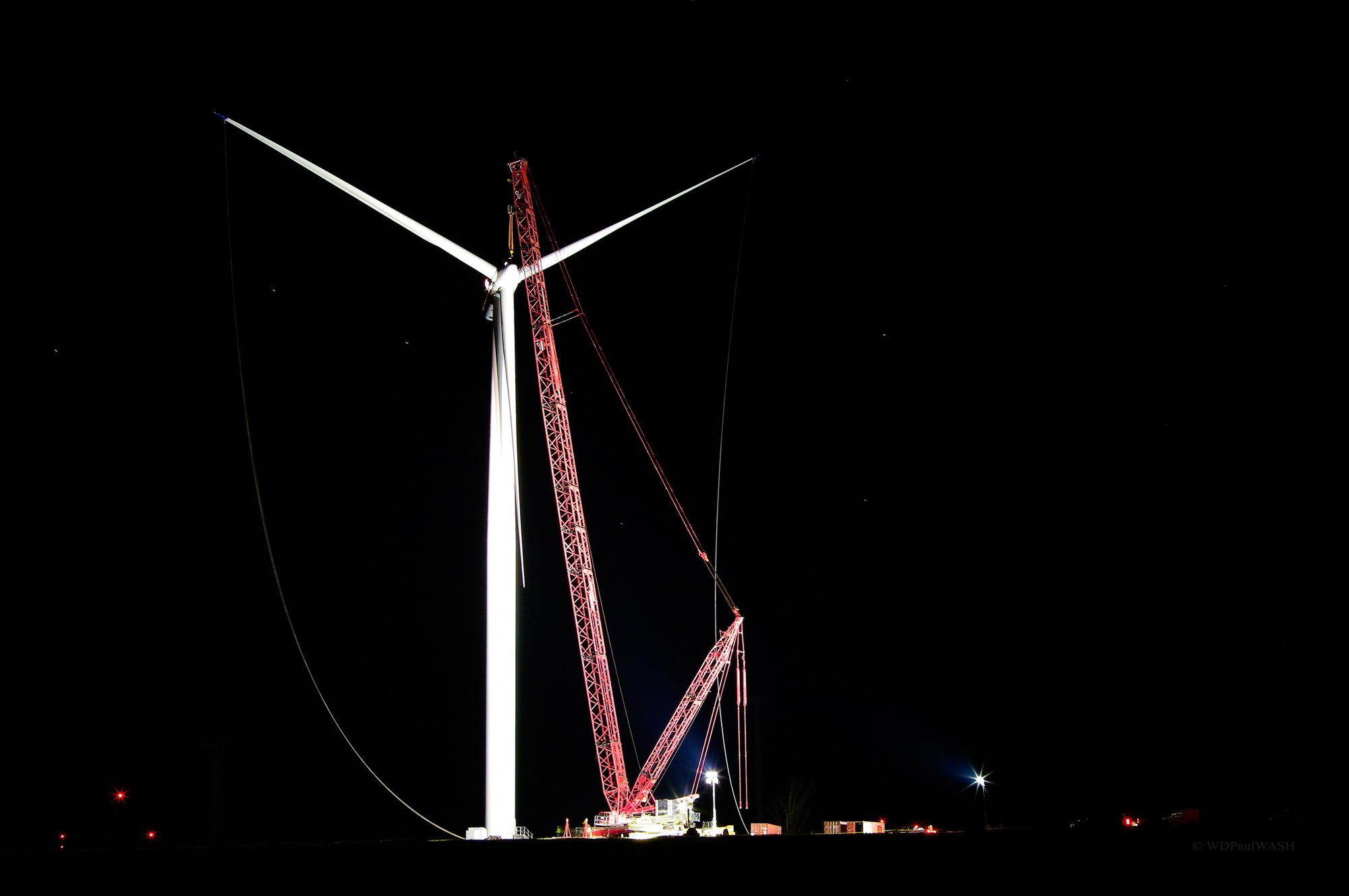
Q: What did you do before photography, and when did you start to get behind the lens?
A: Primarily, I was in many facets of the automotive and mechanical repair industry. I had a real interest in photography starting in 1983, when I bought my first SLR camera. Before that, I shot with 110 or small 35mm cameras. I would take photographs at air shows, of our kids, pets, relatives, and so forth. I did have a job (15+ years) as an Insurance Vehicle Damages Appraiser. This required me to take many photographs, but with a Polaroid camera (yuck). As time went on, and I could afford additional SLR film cameras, I took courses and learned a lot by making mistakes and then figuring it out!
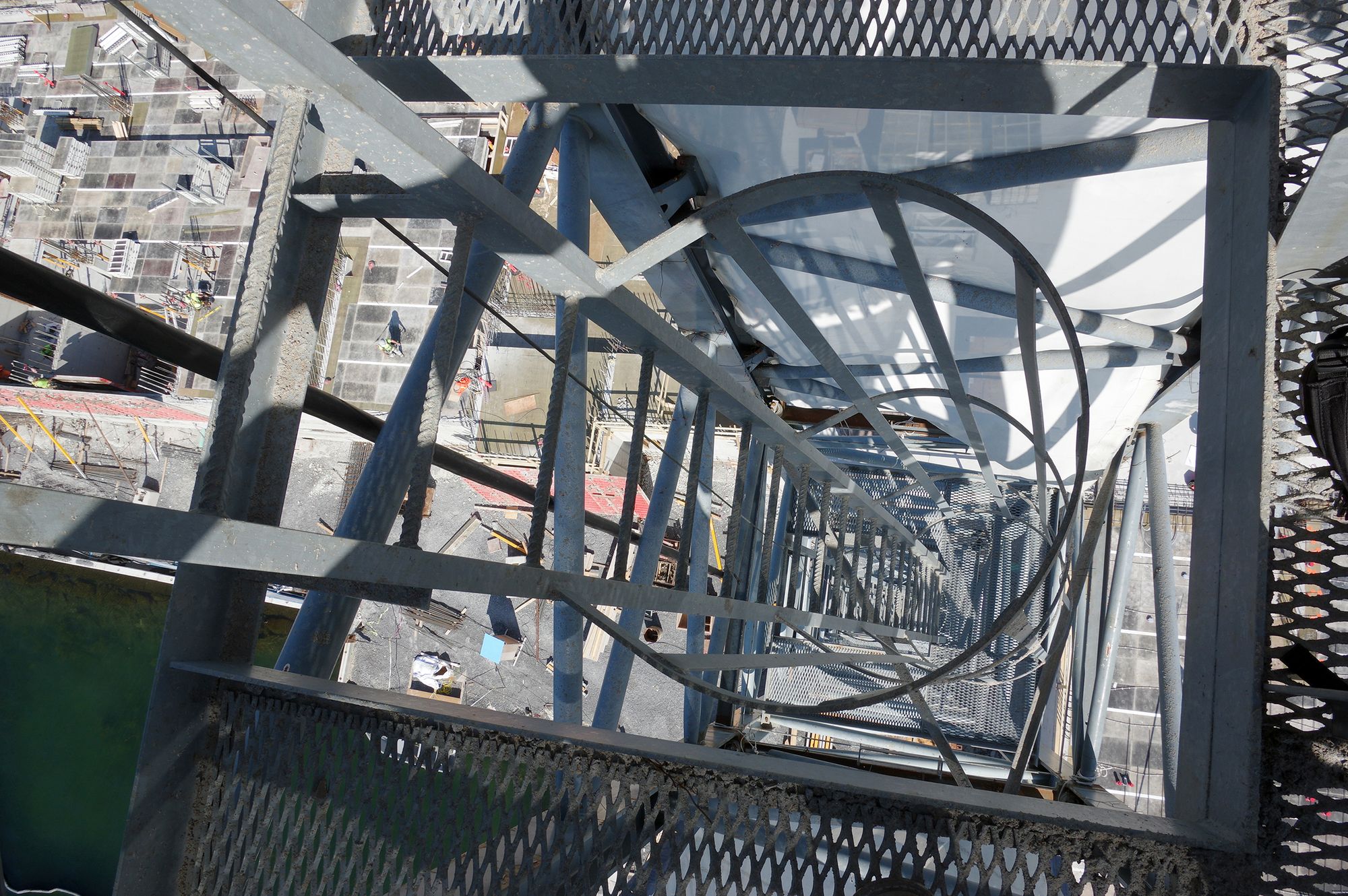
Q: When did you start to concentrate on commercial photography?
A: Somewhere around 2007. I was working for the City of Kingston at that time, repairing and maintaining machinery. It was at this time that there was a hushed announcement that a wind farm was to be established on Wolfe Island. I approached Canadian Hydro Developers to be allowed on the sites to do photography of this historic and huge project. This was my start in commercial, and thus paid, photography.
Next came all the Big Dig projects (four plus one on upper Princess Street). I have been shooting for that same contractor continually since. Many other commercial (construction / industrial / transportation) opportunities have developed since, which keeps this old ‘retired’ guy busy.
Q : What equipment and tools are critical for you, no matter where or what you photograph?
A: I always have updated and inspected safety gear (fall arrest harness, PPE, etc.) with me at all times. Without these, I cannot meet any ‘all of a sudden’ photography requirements (i.e. water main breaks, power outages, etc.). And, of course my camera gear, such as tripods, two camera bodies, multiple lenses, camera harness, and so forth, are always close by.
Q: What details do you like to focus on in your work?
A: I often focus on the details of a project, and how they relate to the completion of the overall results. That and cooperative workers.
Q: Are there other photographers who are, or who have been, an influence on you?
A: There were three local professional photographers that I learned a lot from; David Bell, Jonathan Sugarman, and Wayne Hiebert. One coached and produced great images, and the others simply produced great images. I observed and formed my own style by observing their photography.
Q: Among all of your work as a photographer, what has been your favorite experience so far?
A: That would be a toss-up between the Wolfe Island Wind Project and the Third (Waaban) Crossing project.
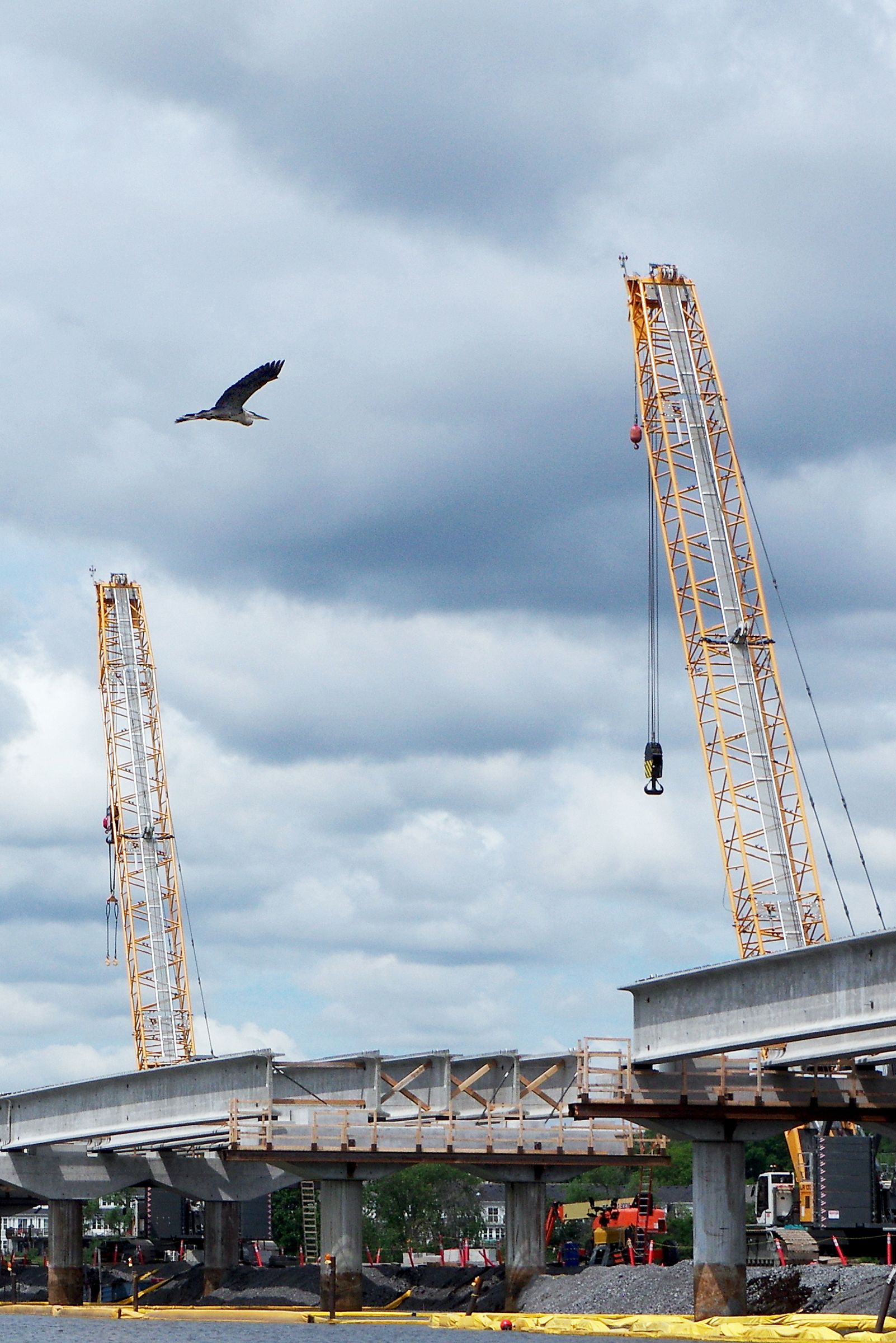
My involvement on Wolfe Island was by myself, with communications with the management, staff, and the crews doing the actual work.
The Third Crossing, of course, was a joint effort with Mike Hill, whom I first met in February 2021. I was initially shooting the bridge on my own, simply because this historic event in Kingston’s history dictated that it needed to be documented photographically. Mike and I have been friends since; occasionally doing some collaborative shooting of other subjects (and always comparing notes).
Q: Looking at the Waaban book – and the websites – it seems that some photos were tough to capture – what was the most exciting time?
A: At first, it was when the concrete girders began to arrive, and were delicately and precisely placed by two massive cranes. Then, the steel sections (48) started arriving, and the manipulation and installation of them began. All "Very Interesting Stuff."

Wow . . . meeting Paul Wash this way makes me all the more appreciative of his work and the work of other commercial photographers. But don't just take my word for it. Take the time to visit Paul Wash's websites. Here is one that I know you’ll want to see: sheetmetalshooter.myportfolio.com. Sheet metal shooter is a term used to describe a photographer who photographs cars, trucks, boats, etc.
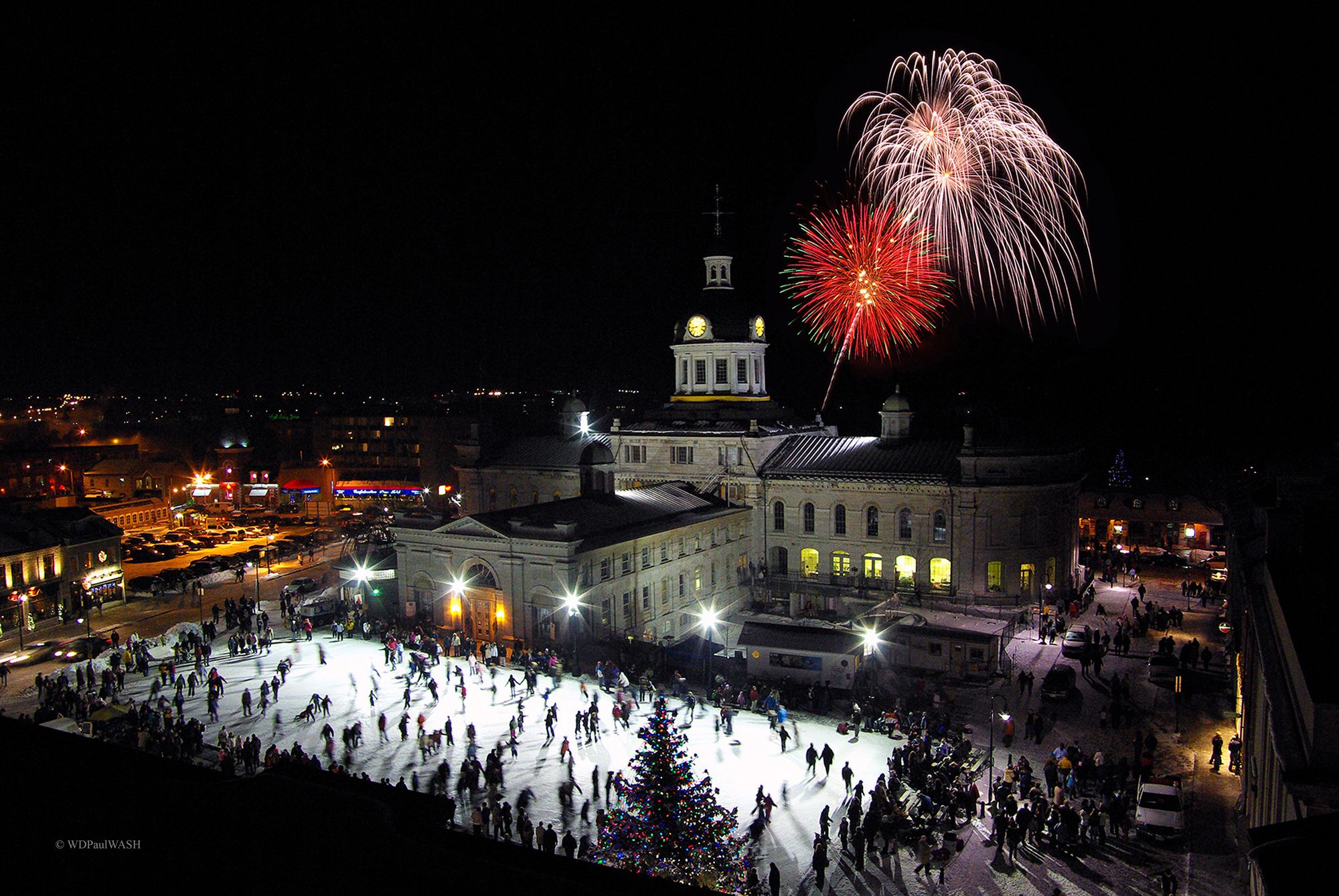
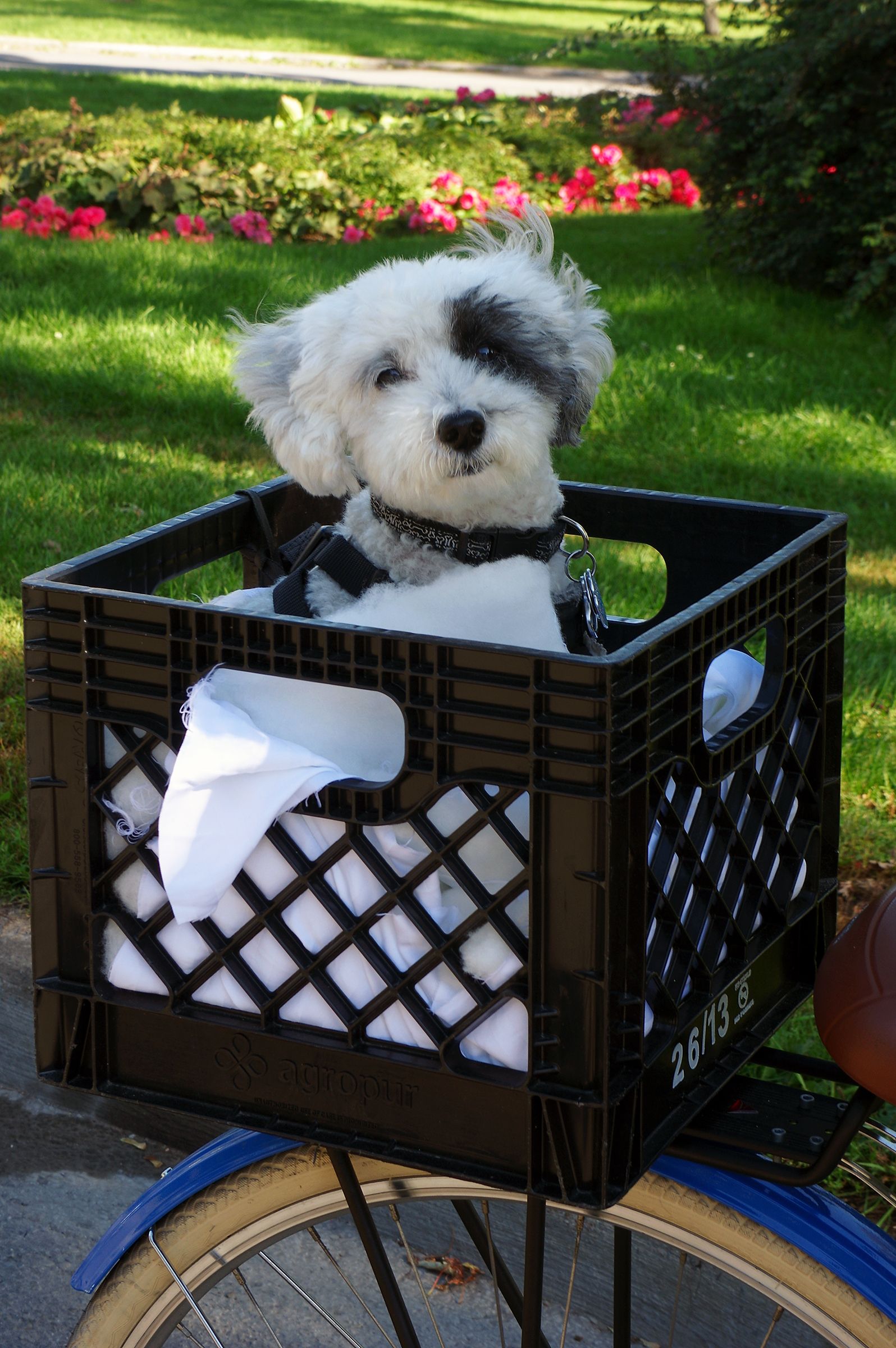
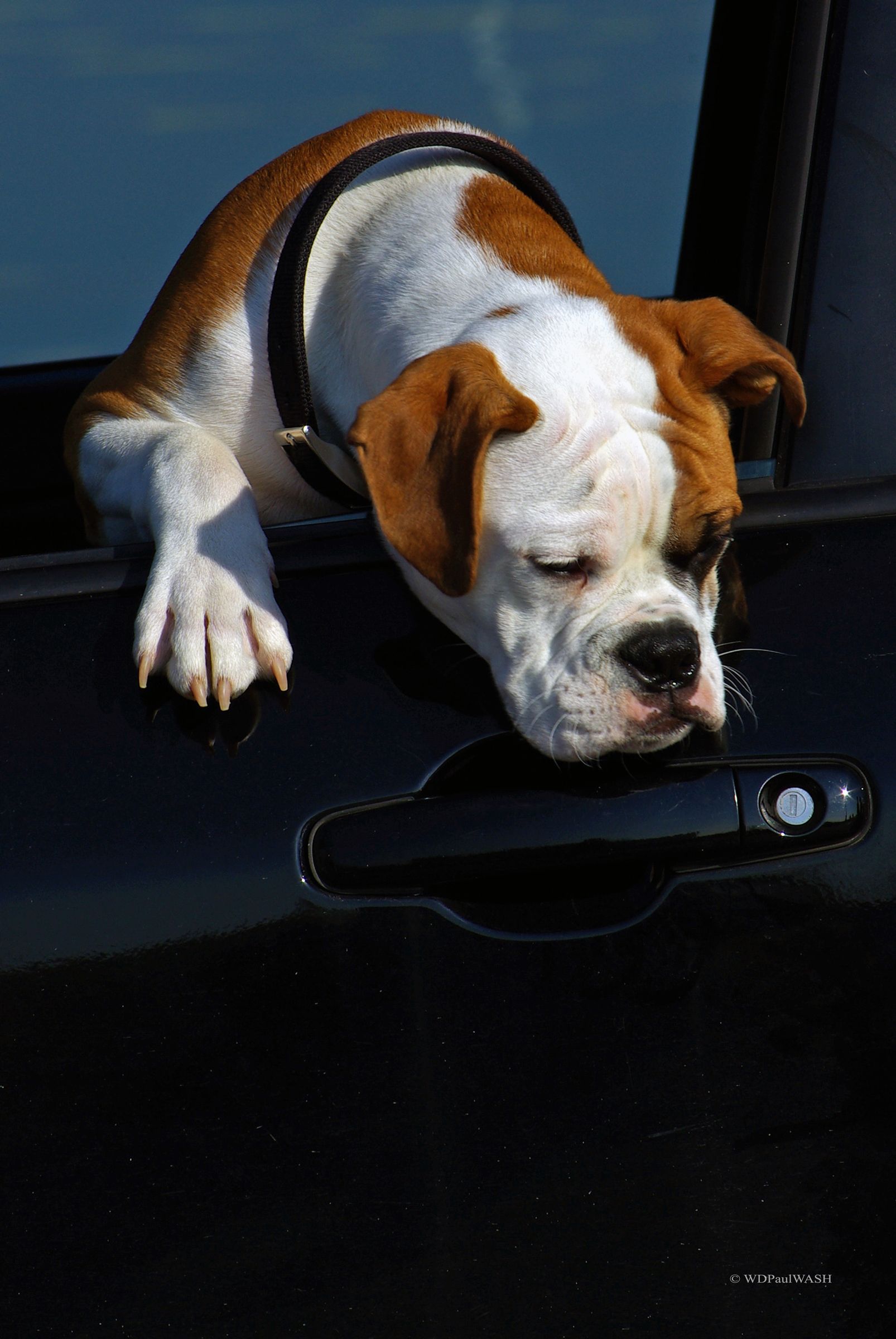
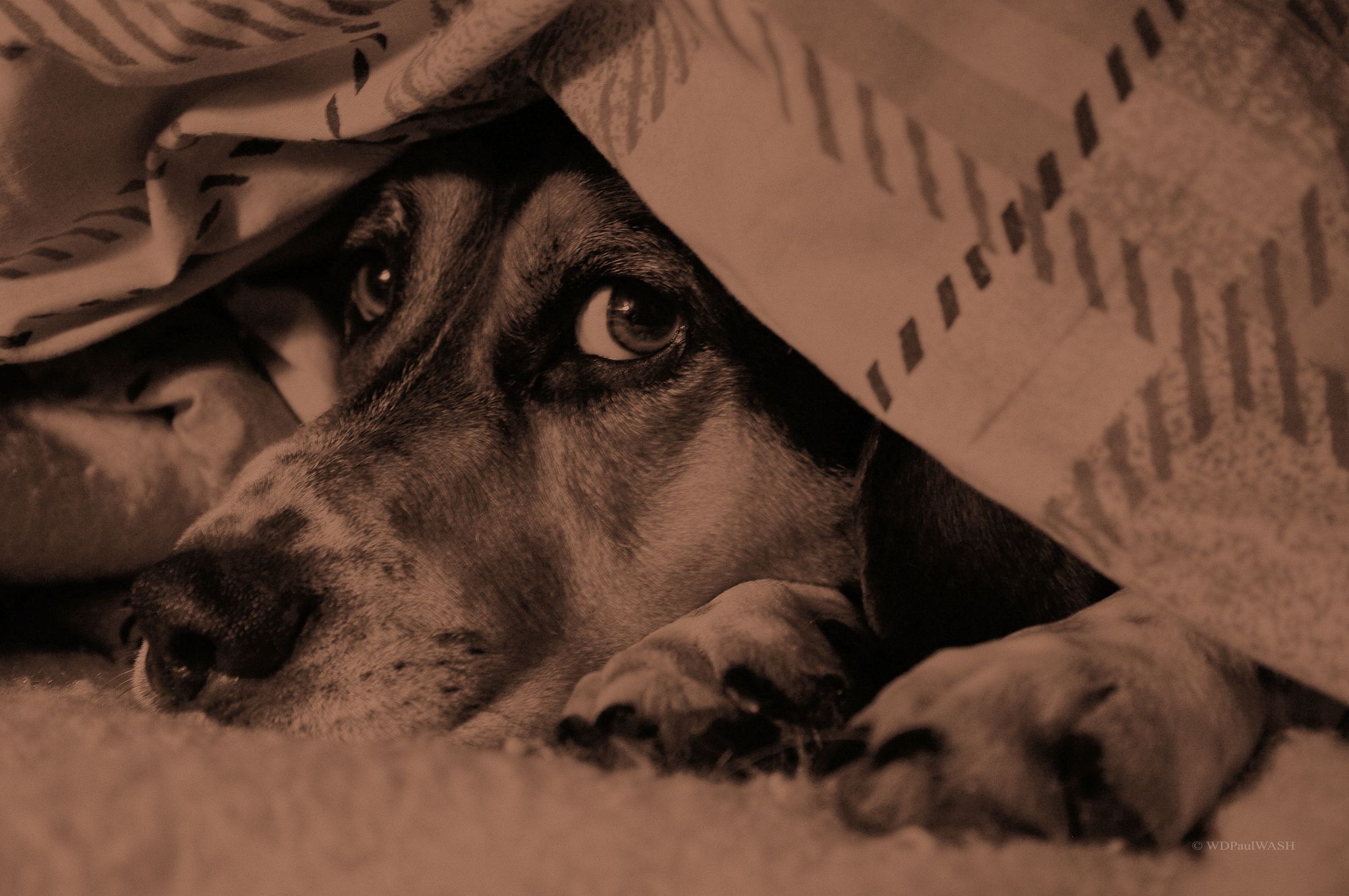

Paul Wash Art Works:
paulwash.myportfolio.com
photosave.smugmug.com
flickr.com/photos/28082535@N02
https://paul-wash.pixels.com/
Paul Wash Commercial Works:
pwashcommercialphotography.myportfolio.com
photosave.smugmug.com
By Susan W. Smith, Editor, info@thousandislandslife.com
Posted in: Volume 18, Issue 3, March 2023, Artists, Photography
Please click here if you are unable to post your comment.
